Mudfish farming in the Philippines presents a captivating opportunity to delve into the intricacies of raising and cultivating Dalag. This aquatic pursuit holds immense promise, combining traditional practices with modern techniques. The synergy between native knowledge and scientific advancements offers many lenses through which to explore the art and science of nurturing Dalag.
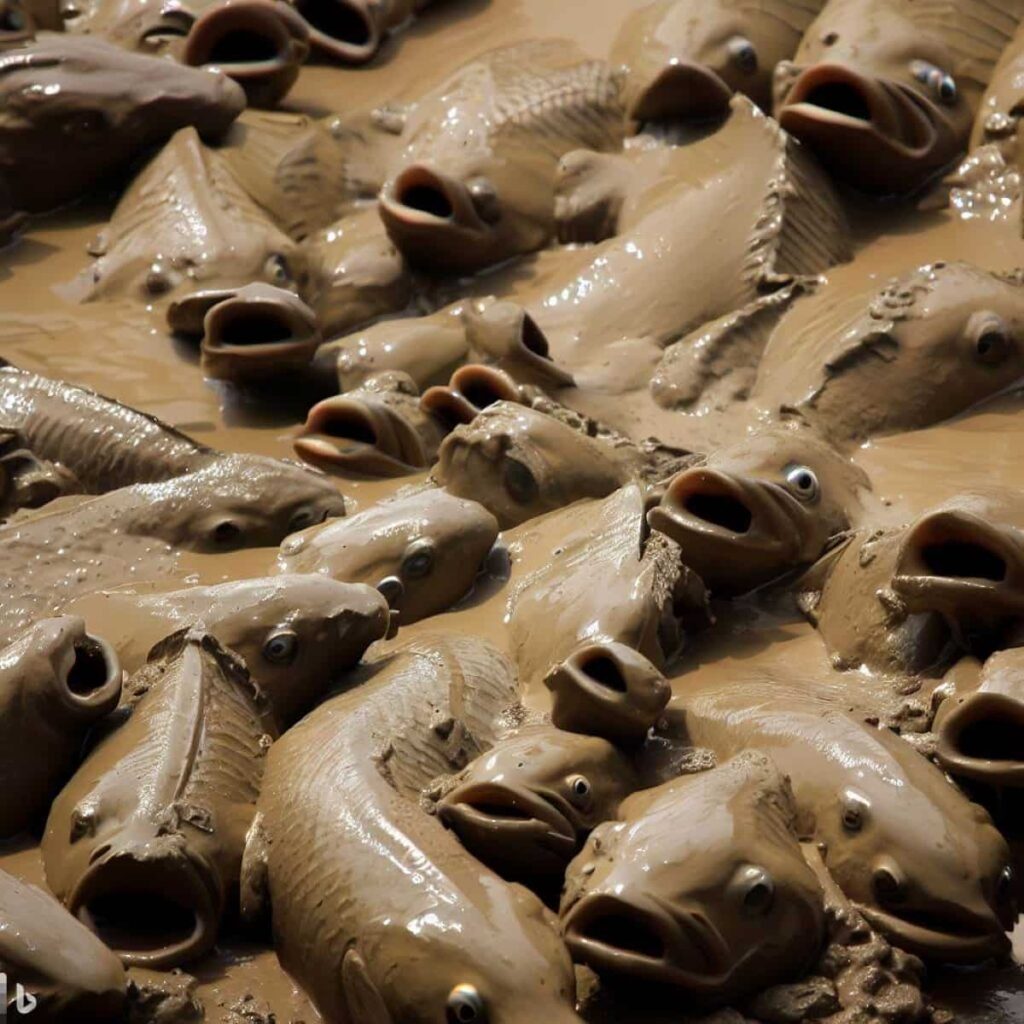
In this article, we embark on a journey to unravel the nuances of successful mudfish farming, uncovering the steps, insights, and methodologies contributing to its flourishing presence in Philippine aquaculture.
Mudfish Farming in the Philippines
What is Mudfish Farming in the Philippines
Mudfish farming in the Philippines is an emerging and potentially profitable industry, although it may not be as widely recognized as tilapia and milkfish cultivation. This aquaculture boasts several benefits, including swift high-volume harvesting, the resilience of the fish in challenging environments, and economic feasibility.
Moreover, it offers a pathway to sustainable food production, positively impacting rural communities. The guide covers crucial mudfish farming aspects, including initial setup prerequisites, effective fish nurturing practices, proficient harvest methods, and troubleshooting strategies. Furthermore, the guide delves into the rudiments of water chemistry and the identification of prevalent diseases.
Mudfish Farming Techniques in the Philippines
Mudfish farming techniques in the Philippines are being strategically developed to harness the economic potential of the Channa striata, locally known as “dalag.” Renowned for its delectable taste, rich nutrition, and medicinal value, mudfish holds promise due to its resilience against environmental challenges and adaptability to changing climates. Despite this, the country’s aquaculture landscape has yet to fully explore the potential of this species due to limited C. striata fingerling availability and a lack of comprehensive fish culture expertise.
Led by the National Fisheries Research and Development Institute (NFRDI) through the Fisheries Biotechnology Center (FBC), a two-year project commenced in October 2020. Its primary objectives encompass refining protocols, producing cost-effective hormones for induced spawning, and enhancing nursery-rearing techniques for efficient mudfish production.
The project targets an impressive output of 300,000 mudfish fingerlings distributed among local fish farmers in Central Luzon and Tanay, Rizal, facilitated by the Bureau of Fisheries and Aquatic Resources (BFAR). Another initiative spearheaded by NFRDI focuses on ensuring a consistent supply of high-quality catfish, or “hito,” fingerlings. This project aims to enhance induced spawning methods and rearing protocols.
In case you missed it: Eel Farming in the Philippines: A Profitable Eel Fish Business for Aqua Farmers
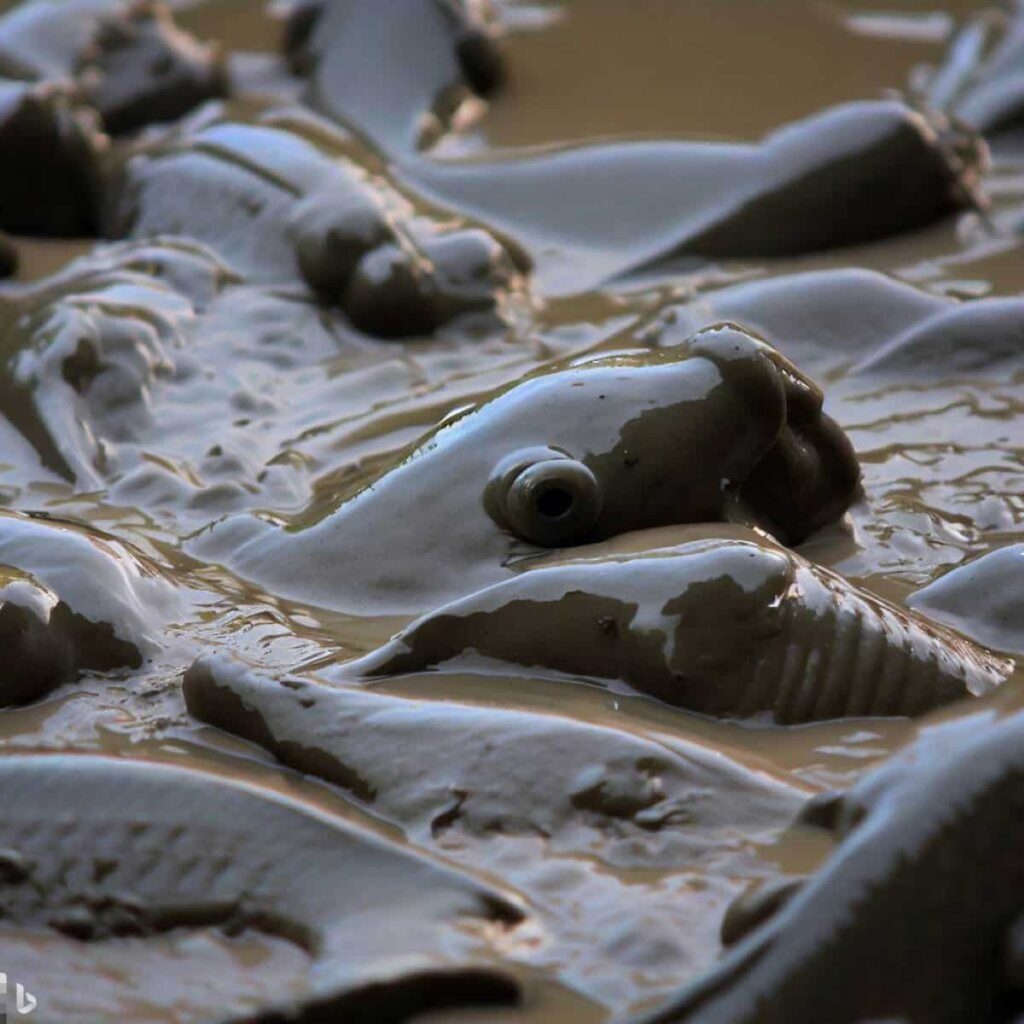
While the imported African catfish (C. gariepinus) dominates local markets due to its size advantage, dwindling production due to uncontrolled fishing and suboptimal management practices poses a challenge. The year-long endeavor involves village-level hatcheries/nurseries in La Union and Pangasinan. The objective is to generate 1.2 million catfish fingerlings from six hatcheries, aiming for a 10 percent growth rate in catfish production and an impressive 274 percent profit increase.
Step-By-Step Guide to Raising Dalag in The Philippines
Aeration and Oxygenation
- Implement aeration systems with aerators, pumps, and diffusers to maintain tank water quality and oxygen levels.
- Ensure both surface and deep aeration options for comprehensive oxygen distribution.
Water Temperature and pH Level
- Maintain an optimal water temperature of 22-24 degrees Celsius (71.6-75.2 F) for mudfish growth.
- Sustain a pH level between 5.5 and 7.5, with seven as the ideal pH, to support their health.
- Consistency in these factors is crucial for the well-being and success of the mudfish.
Harvesting
- Plan for harvesting after several months of growth, typically within the first year.
- Maintain appropriate water levels in the tanks and prevent overcrowding.
- Handle mudfish with care during harvesting to minimize stress and maintain their quality.
Best Practices for Mudfish Farming in the Philippines
Mudfish Fingerlings: Acquiring quality mudfish seeds is pivotal for successful farming. Opt for reputable suppliers or local farmers. Prioritize certified organic mudfish seeds to ensure optimal nutrition and health. Sourcing high-quality seeds is a crucial foundation for a successful mudfish farming endeavor.
Mudfish Pond: Selecting the right pond is paramount. For shorter projects, grow beds can be used with suitable soil blends. Opt for a larger pond with ample depth for long-term ventures to accommodate mudfish growth. Incorporate aquatic plants for shade and food, fostering a natural environment. Adequate aeration is vital for mudfish health and should be ensured in the pond.
Dalag Farming: A Profitable Venture in the Philippines
Dalag farming involves a significant initial investment, with small-scale operations requiring PHP 50,000 to PHP 100,000 for essentials like pond preparation, water supply, and initial feeds. Medium to large-scale operations may require higher costs due to larger pond construction, extensive aeration systems, and increased feed requirements.
In case you missed it: Koi Fish Farming in the Philippines: A Profitable Business
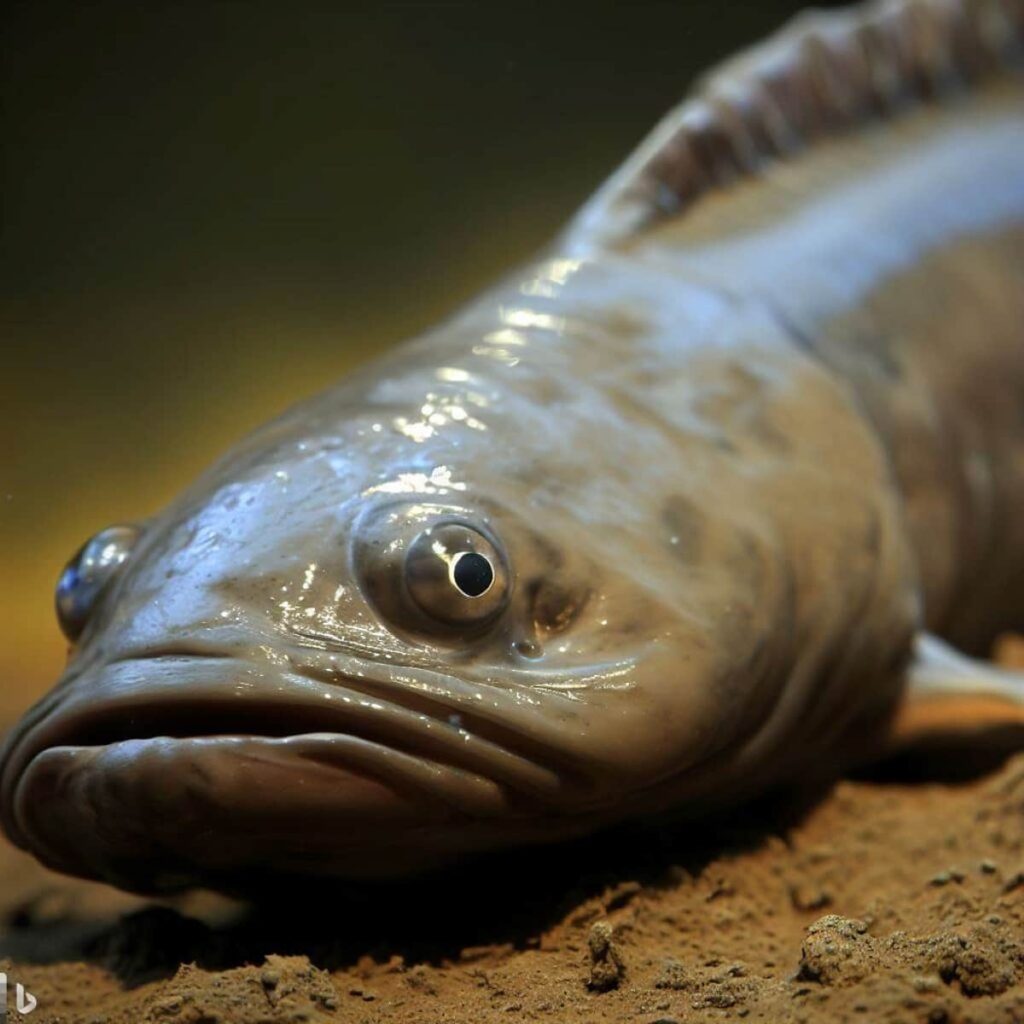
A feasibility study is crucial for accurate setup costs. Effective management involves selecting the right site, optimizing soil quality, maintaining optimal water temperature and pH levels, providing a balanced diet, preventing diseases and parasites, planning harvesting after several months, and developing a marketing strategy to promote dalag products based on local demand and pricing trends.
How to Start a Mudfish Farm in the Philippines
Mudfish Fingerlings: Acquiring high-quality mudfish seeds is paramount. Seek reputable suppliers or local farmers with a track record of offering top-notch seeds. Opt for certified organic mudfish seeds for maximum nutrition and health benefits. Procure your mudfish seeds from trusted sources to embark on your mudfish farming journey.
Mudfish Pond: Your farm’s nucleus is the pond. For short-term projects, consider growing beds filled with the right mix of soil and clay. Long-term ventures necessitate larger ponds. Ensure ample depth and stock ponds with aquatic plants for shade and food. Adequate aeration maintains the pond’s health and fosters robust mudfish growth.
Feeding System and Filtration: Implementing a dependable feeding system and efficient filtration is crucial. Use feeding buckets with a nutritious mix of worms, insects, and aquatic organisms for mudfish sustenance. Regular refilling and sanitation of buckets prevent bacterial and parasitic spread. Effective filtration systems eliminate toxins and impurities, safeguarding water quality. Incorporate mechanical, biological, and chemical filters to maintain a healthy environment.
Aeration and Oxygenation: Oxygenation is essential for mudfish health. Integrate aeration systems such as aerators, pumps, and diffusers. Ensure balanced oxygen distribution through surface and deep aeration options.
Water Temperature and pH Level: Maintain optimal water conditions. Mudfish thrive at a temperature of 22-24°C (71.6-75.2°F). The pH level range between 5.5 and 7.5, with 7 being the ideal pH. Consistency in water temperature and pH is crucial for the well-being and success of your mudfish.
Harvesting: Harvesting is a pivotal phase. This usually occurs several months into growth, with careful handling being paramount. Keep water levels suitable and prevent overcrowding. Harvest mudfish within their first year to ensure top quality. Handle mudfish with care to minimize stress during the process.
Challenges and Opportunities in Mudfish Farming in the Philippines
Mudfish farming in the Philippines presents both challenges and prospects. Challenges encompass disease susceptibility, parasite infestations, and potential predators that can impact fish health and production. Maintaining optimal water quality and preventing overcrowding are essential for overcoming these challenges.
However, the sector also offers opportunities, including rising demand for mudfish due to its nutritional value and market potential. With proper disease management, sustainable farming practices, and strategic marketing, mudfish farming can become a profitable venture contributing to food security and economic growth.
Dalag Production and Marketing Strategies in the Philippines
Dalag production in the Philippines involves cultivating mudfish for sustenance and economic gain. It involves careful pond preparation, water quality, and nutrition through feeding systems. Effective disease management and predator control are crucial for successful harvests.
In case you missed it: Profitable Carp Farming in the Philippines: A Step-by-Step Guide for Carp Fish Culture
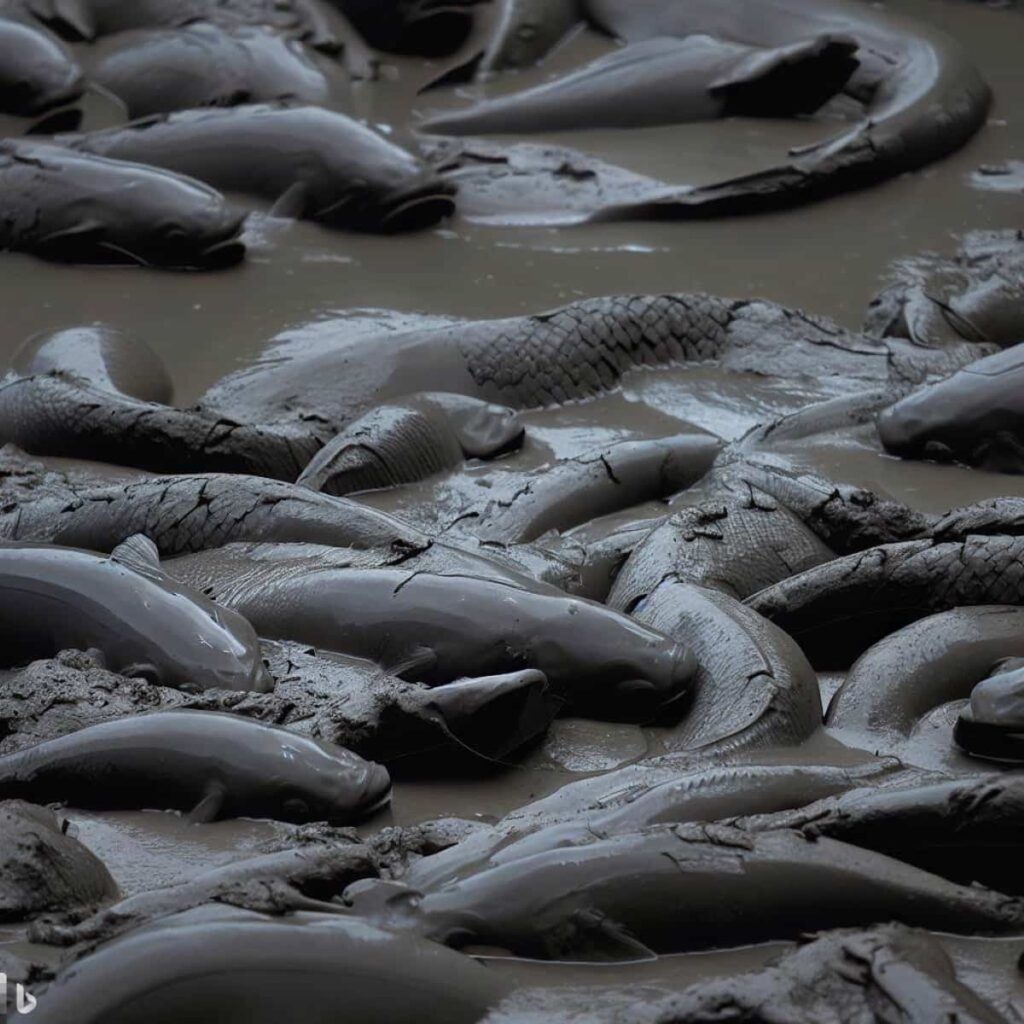
Marketing strategies include targeting local markets, promoting dalag’s nutritional benefits, and collaborating with restaurants and retailers. Value-added products like fillets, smoked dalag, and processed foods can diversify the product range. Sustainable practices and strategic marketing can establish dalag farming as a profitable industry, contributing to food security and economic growth.
Environmental Considerations for Mudfish Farming in the Philippines
Mudfish farming in the Philippines requires careful water source selection, efficient waste management, understanding the ecological impact of mudfish farming, preserving biodiversity, implementing water conservation practices, and preserving natural habitats.
Proper waste management systems are essential to prevent excess nutrients from entering natural water bodies. Non-native species should be avoided to maintain ecosystem balance. Sustainable farming techniques prioritize resource conservation, minimize pollution, and promote environmental harmony. By implementing these practices, mudfish farming can contribute to the country’s environmental health.
Disease Management in Mudfish Farms in the Philippines
Diseases and Parasites
- Mudfish are susceptible to parasites like worms, flukes, and protozoans, which can lead to fish damage and mortality.
- Bacterial and viral diseases pose risks; early detection is pivotal for effective treatment.
- Regular inspections and testing are vital to detect and prevent disease outbreaks.
Predators
- Recognizing potential predators is key for mudfish protection; aquatic birds, larger fish, turtles, and snakes can pose threats.
- Employ measures like sturdy netting fences, strategic hiding spots, and introducing natural predators to deter threats.
Algal Blooms
- Understanding algal blooms is integral; they can disrupt water quality and harm fish.
- Proactive measures to mitigate algal blooms’ impacts include managing nutrient levels, maintaining proper water circulation, and considering biological control options.
Water Quality Requirements for Successful Dalag Farming
- Temperature: Maintain water temperature between 22-24°C (71.6-75.2°F) for optimal dalag growth.
- pH Level: Keep pH levels within 5.5-7.5 range, with 7 being ideal, to ensure suitable water acidity.
- Oxygenation: Implement efficient aeration systems to maintain oxygen-rich water, vital for dalag health.
- Filtration: Utilize mechanical, biological, and chemical filters to remove toxins, ensuring water quality.
- Depth and Space: Provide adequate pond depth and space to accommodate dalag growth and prevent overcrowding.
- Plant Cover: Introduce aquatic plants for shade and natural food sources, contributing to water quality.
In case you missed it: How to Convert a Swimming Pool Into Koi Fish Pond: Ideas, Tips, and Techniques
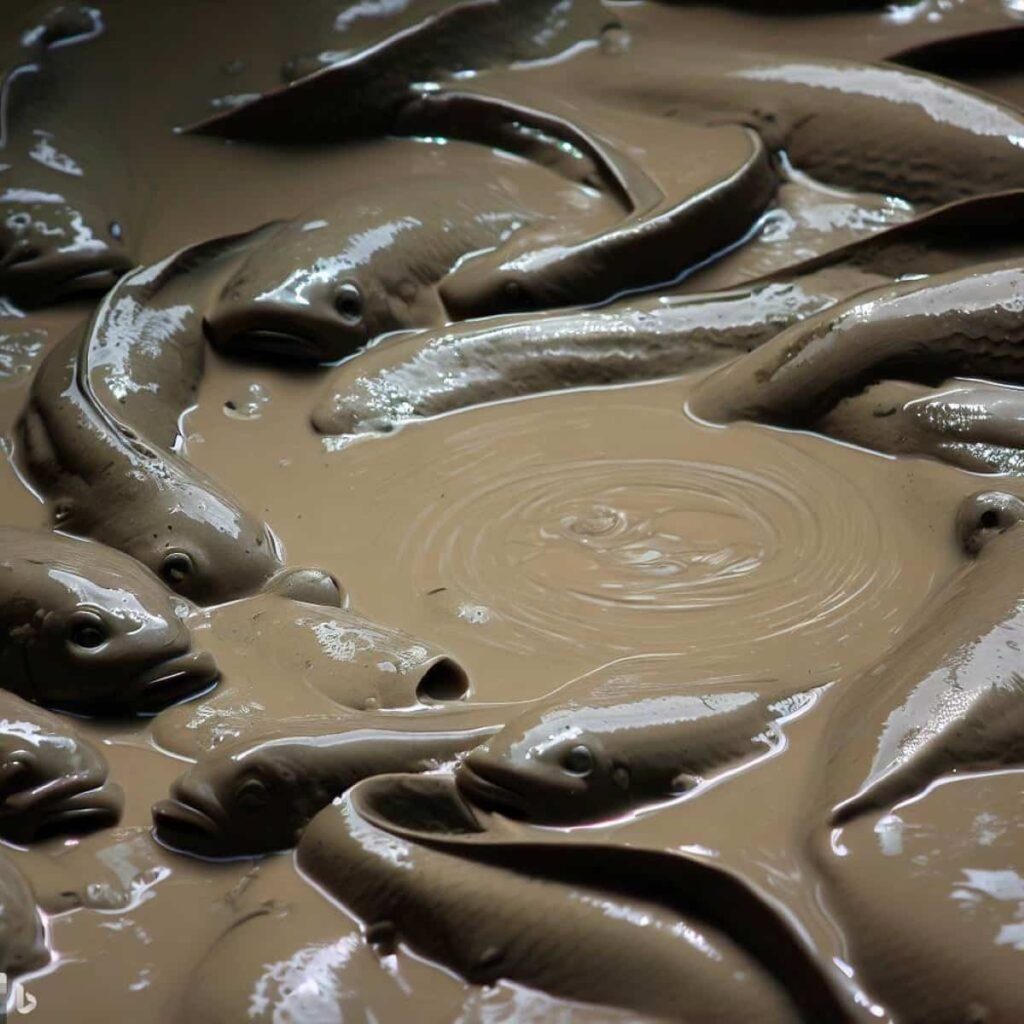
Feeding Techniques for Mudfish in Philippine Fish Farms
- Feeding Buckets: Employing a reliable feeding system is paramount. This involves utilizing multiple feeding buckets filled with a nutritious diet comprising worms, insects, and other small aquatic organisms that mudfish prefer.
- Regular Refilling: Ensuring consistent nourishment is vital. Regularly replenishing the feeding buckets guarantees the mudfish are well-fed and satiated, promoting healthy growth.
- Maintenance: Routine cleaning and sanitization of the feeding buckets are necessary. This practice prevents the proliferation of harmful bacteria and parasites, safeguarding the fish population.
- Water Quality Assurance: Filtration is pivotal in maintaining a healthy mudfish farm. Effective filtration removes toxic particles and bacteria from the water, thus promoting a conducive environment for the fish.
- Diverse Filters: Employ different mechanical, biological, and chemical filters. Each serves a unique purpose in eliminating impurities and contaminants from the water.
- Optimal Health: A robust filtration system contributes to the overall well-being of the mudfish. Keeping the water and clean and free from harmful bacteria prevents potential harm to the fish population.
Breeding and Hatchery Management of Dalag in the Philippines
The Department of Agriculture (DA) is taking innovative strides to enhance fish production to support food security. Collaborating with the National Fisheries Research and Development Institute and the Bureau of Fisheries and Aquatic Resources, the DA is leveraging advanced technologies to elevate the aquaculture landscape. Focused on “dalag” (mudfish) and “hito” (catfish), the DA agencies are developing induced spawning methods and nursery-rearing protocols supported by the DA’s Biotechnology Program.
These techniques aim to bolster fingerling production of dalag and hito, benefiting aquaculturists and fishpond operators while addressing pressing industry challenges. These challenges encompass excessive wild fishing, detrimental human-induced activities, and suboptimal management practices, which collectively hinder total fish catch from aquaculture and marine environments.
The initiative targets the bottleneck issue of dwindling wild fingerling availability and a need for propagation technologies for freshwater species like mudfish and catfish. In particular, the NFRDI-BFAR biotechnology project focusing on mudfish strives to optimize induced spawning methods and nursery-rearing protocols. This two-year endeavor, launched in October 2020, aims to produce 300,000 mudfish fingerlings for distribution among fish farmers in Central Luzon and Tanay, Rizal, through DA-BFAR support.
Government Regulations and Policies on Mudfish Farming in the Philippines
The Philippine government regulates mudfish farming through the Bureau of Fisheries and Aquatic Resources (BFAR). Guidelines cover aspects such as aquaculture site selection, permits, and compliance with environmental standards. BFAR’s regulations aim to ensure sustainable practices, prevent disease outbreaks, and maintain ecosystem balance.
In case you missed it: Grouper Fish Farming Business Plan: Ultimate Guide to Breeding and Reproduction Techniques
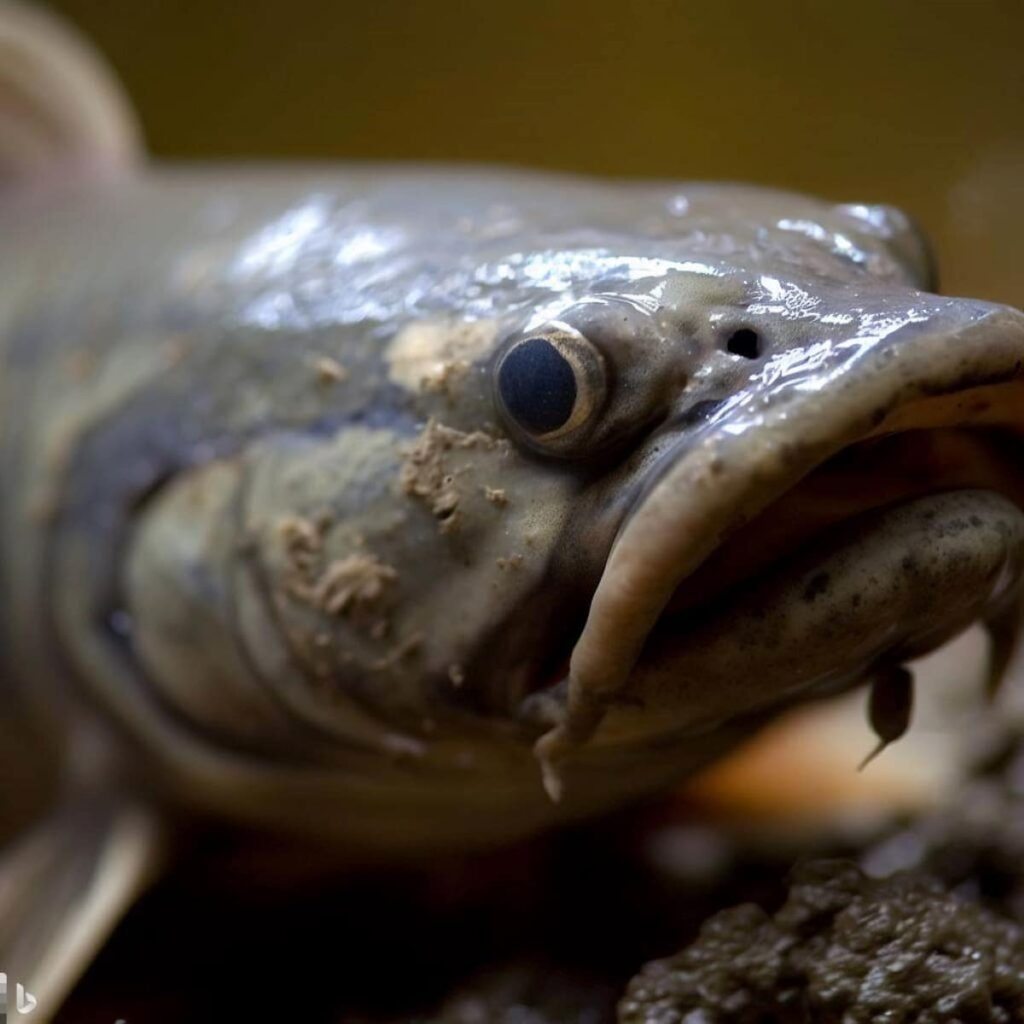
Conclusion
Mudfish farming in the Philippines offers a promising avenue for sustenance and profit. By mastering essential techniques such as proper pond management, water quality control, and disease prevention, farmers can cultivate thriving dalag populations. With sustainable practices and strategic marketing, mudfish farming contributes to food security and economic prosperity.
- Sheep Farming Business Plan for Beginners
- Aquaponic Farming at Home: A Step-By-Step Guide
- Profitable Village Farming Business Ideas in 2024
- High-Yield Aquaculture: Fast-Growing Fish for Farming
- Effective Fish Pond Construction Techniques for Beginners
- Irrigation and Water Management in Pineapple Farming
- Blossom to Harvest: Mastering Flowering and Pollination in Papaya Farming
- Pig Fattening Essentials: From Selection to Sale for Beginners
- Raising Wagyu Cattle: A Complete Guide for Premium Beef Production
- Soil Types and Their Water Holding Capacity
- Optimizing Irrigation Schedules for Coconut Groves for Enhanced Yield
- Espresso Your Garden: Coffee Grounds for Healthier Acid-Loving Plants
- The Best Soil Mix for Snake Plants: How to Mix Your Own Snake Plant Soil
- Green Thumb Success: Expert Tips for Cultivating Greenhouse Beans All Year Round
- Bloom All Year Round: The Ultimate Guide to Indoor Hyacinth Care
- Eco-Friendly Gardening: How to Make Liquid Fertilizer from Kitchen Waste
- Ultimate Guide to Grow Anise in Pots: Explore Seed Propagation to Harvesting
- Guide to Raising Chester White Pigs: Discover Breed Facts to Growth Management
- Mastering the Elegance: The Ultimate Guide to Weeping Cherry Tree Care, Planting, and Maintenance
- Ultimate Guide to Planting Garlic in Grow Bags: Growing Strategies for Beginners
- How to Fix Spider Plant Leaf-Related Problems: Natural and Organic Remedies
- 10 Reasons Why Your Tulsi Plant is Shedding Leaves: Home Remedies and Solutions
- Optimizing Growth and Yield: The Advantages of Palm Bunch Ash Fertilizer
- Utilizing Neem Oil Extract as a Natural Pesticide for Hydrangea
- From Soil to Harvest: Various Ways in Which Farmers Can Use AI Tools
- Steps to Encourage and Induce Citrus Flowers: A Comprehensive Guide
- How to Fix Snake Plant Leaf-Related Issues: Natural and Organic Remedies
- Transform Your Garden into a Fragrant Oasis with Raat Ki Rani (Night Blooming Jasmine)
- Discover the Ideal Chicken Breeds for Philippine Farms
- How to Create a Poultry Egg Farm Business Plan for Profits
- Grow Lemon Cucumbers Like a Pro: Insider Techniques for Bountiful Yields
- Ultimate Guide to Caring for Your Pink Princess Philodendron: Tips for Thriving Variegation
- Areca Nut Profit Per Acre: Calculating Yield and Cost of Cultivation
- How Kaveri Chicken is Becoming a More Profitable Breed in Indian Backyards
- Transform Your Barn: 9 Steps to Convert a Horse Stall into a Chicken Coop
- Exploring Suffolk Sheep Disadvantages with Limitations and Challenges
